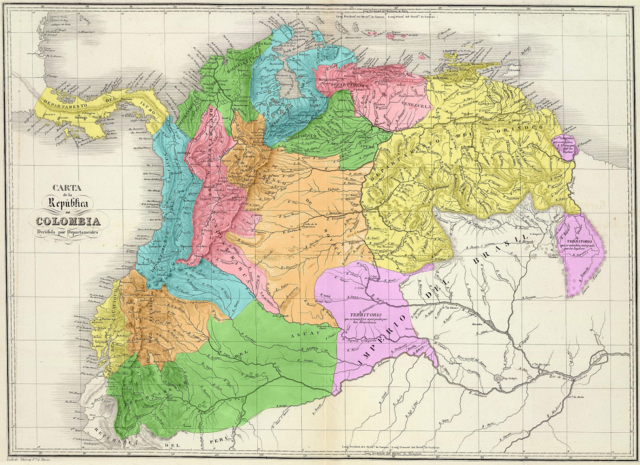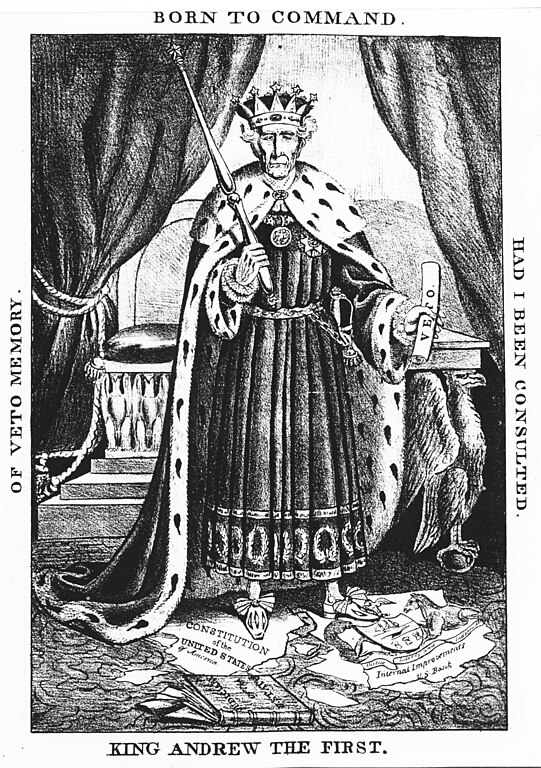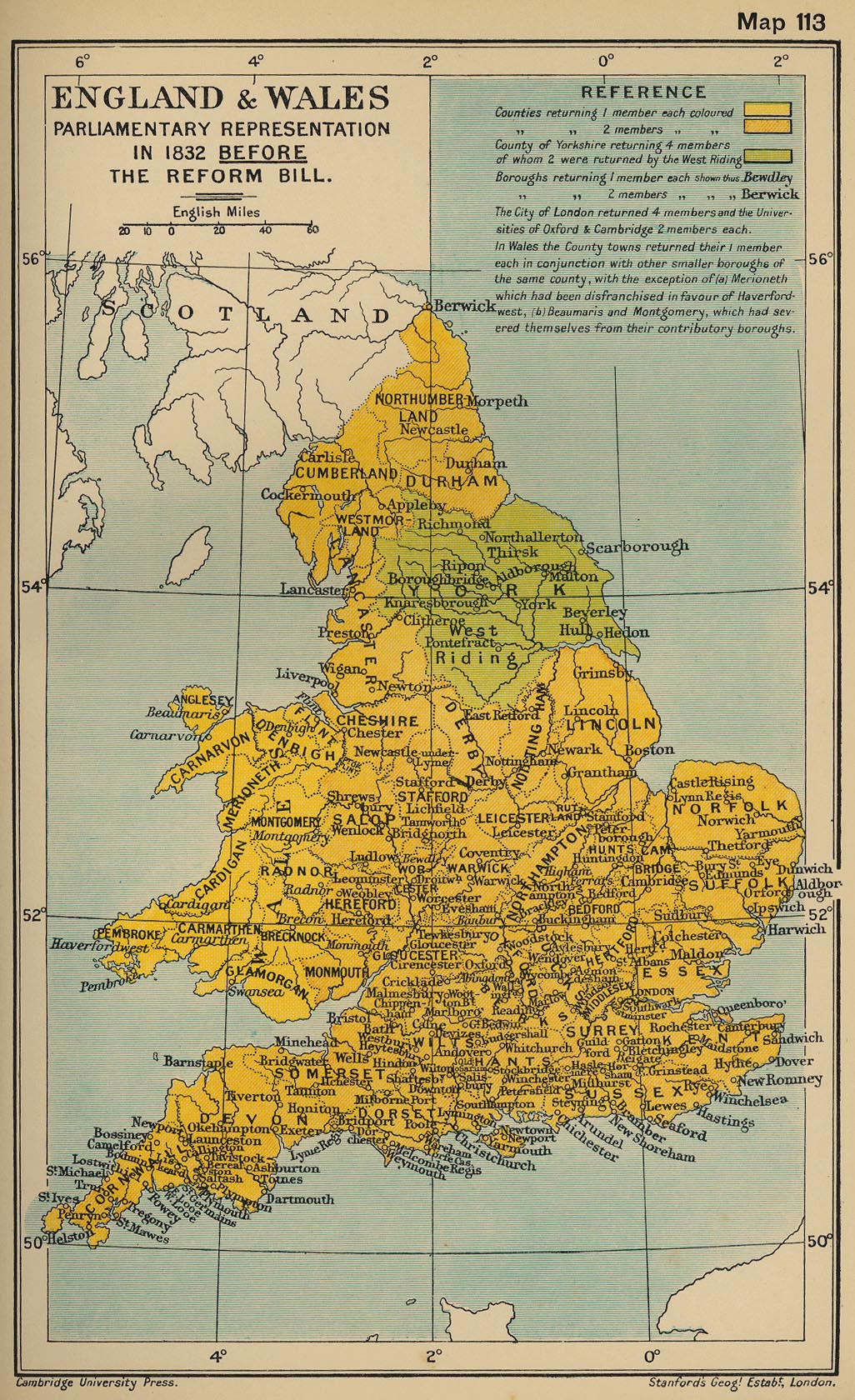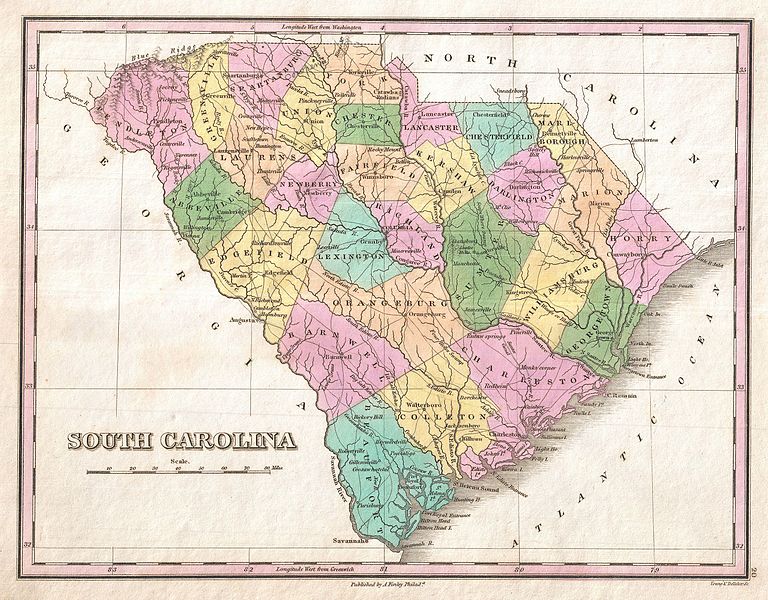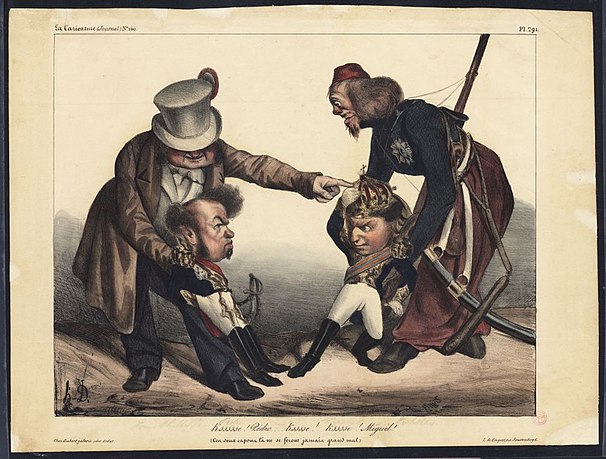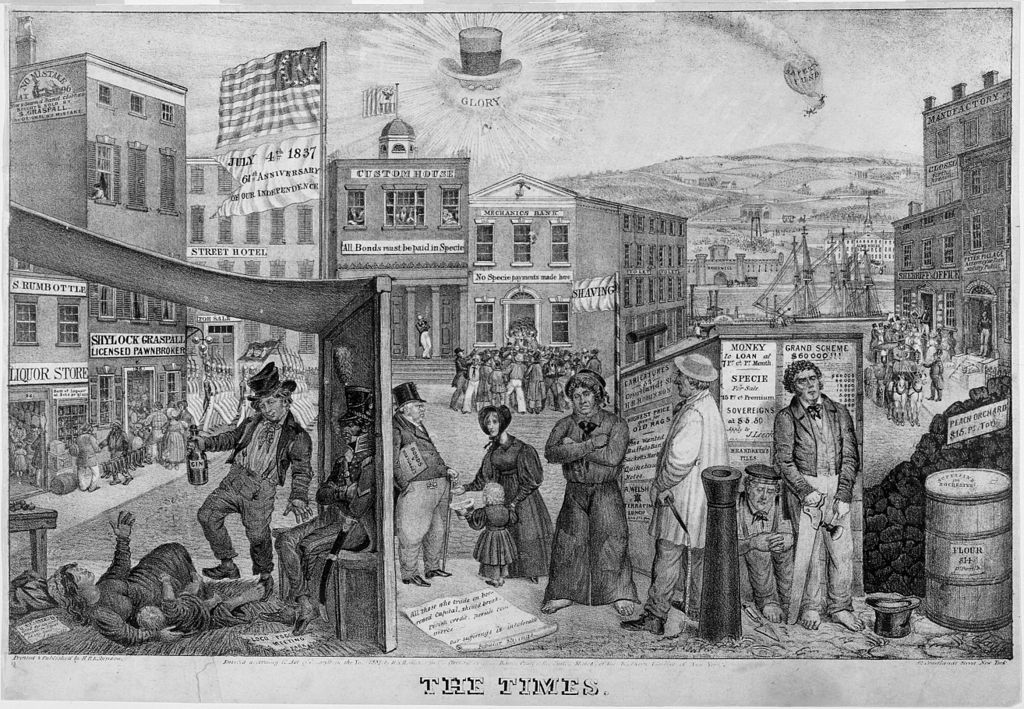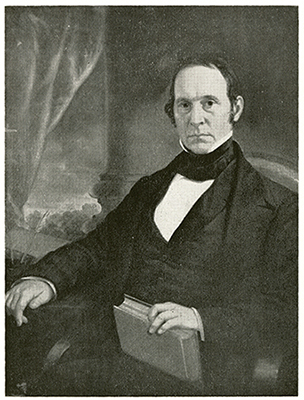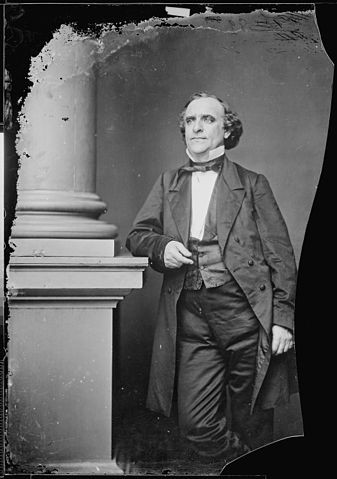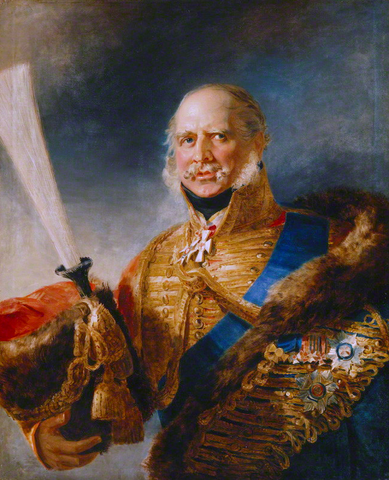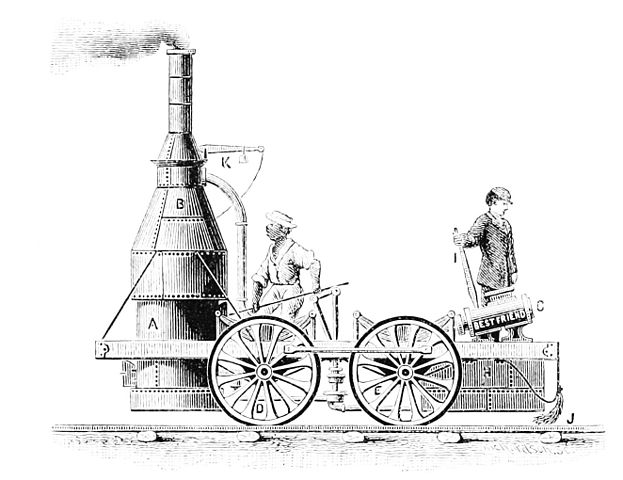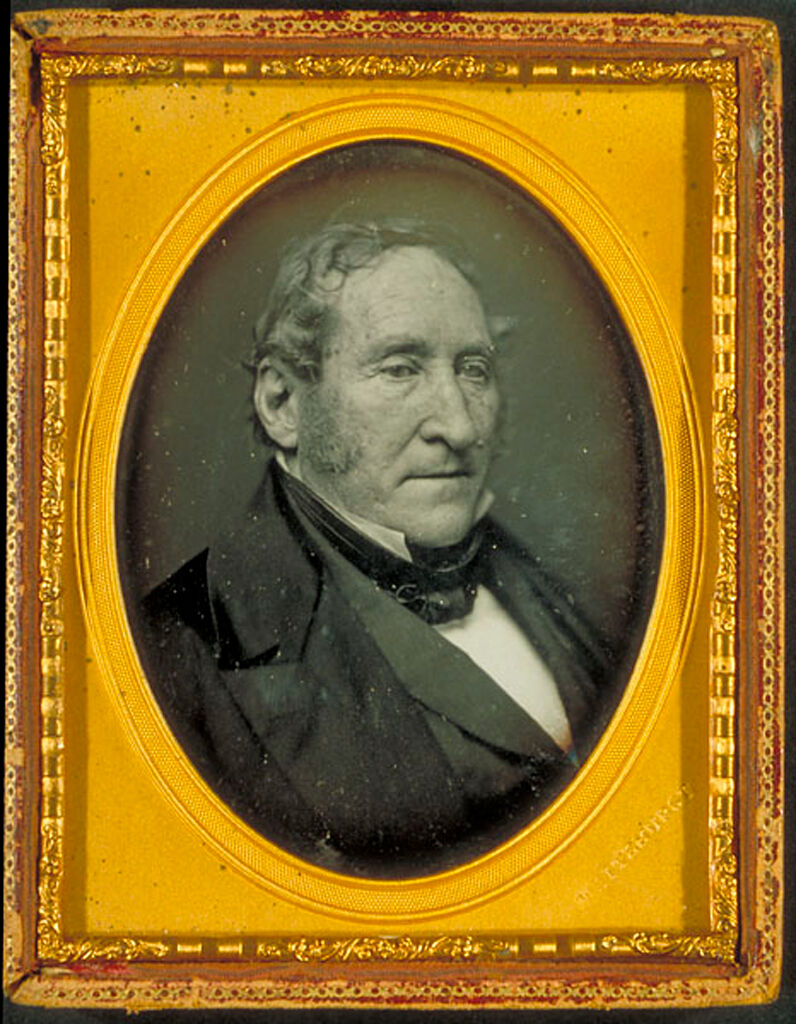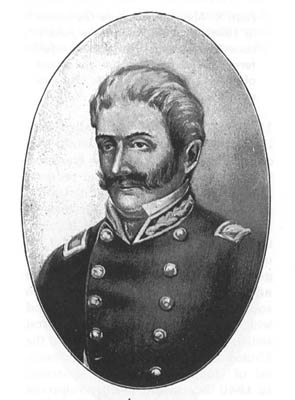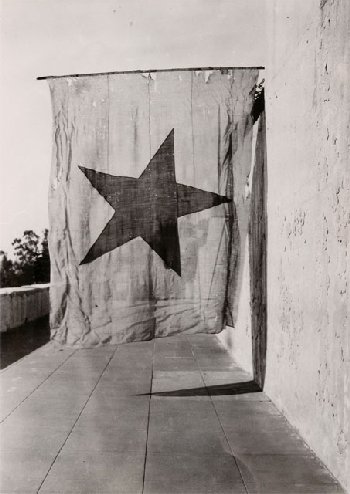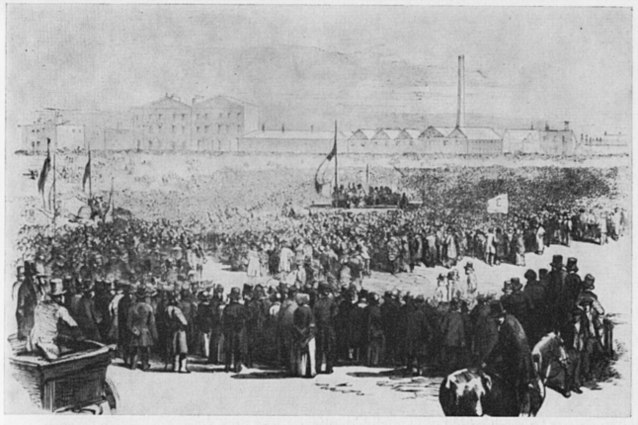Well, this lull has gone on quite long enough.
A House Divided #1: Beginnings and Ends
“I called the New World into existence to redress the balance of the Old.”
***
This is a story of North America, as it could have been if certain events had gone differently. In our world, the United States of America, though faced with a barrage of problems foreign and domestic, was fortunate enough to experience a long series of extremely lucky breaks abroad and endure its internal problems, and rose to become one of the world's premier great powers – perhaps indeed the very greatest. There are countless occasions where the country's path to world hegemony could've been upturned, and even the cursory student of U.S. history could no doubt name a few off the top of his or her head. The British could've defeated Washington in the Revolutionary War. The country could've been sundered in two by the Civil War. The conquests of Mexican and Indian lands that facilitated the country's growth could've been aborted. The streams of immigrants who provided a constant cheap labor force for the country's industries could've been turned off somehow, leaving the United States primarily a land of white Protestant yeoman farmers. The New England states could've seceded in a huff over a now-obscure trade dispute, leaving the remainder of the U.S. a slaveholding empire of racism that certainly covers large tracts of land, but is a pariah to nearly everyone else on Earth. And so forth.
This timeline seeks to explore none of these possibilities, at least not in the forms named here. Its focus, instead, is a rather more obscure possibility, which I nonetheless find a surprisingly interesting one. In order that some degree of suspense and excitement should be maintained, the nature of this possibility will not be immediately disclosed. Instead, we will jump straight into the fray, and begin telling the story at its divergence from real-life events. This takes place across the water, in a country that founded the modern idea of liberal democracy and conquered a very sizeable portion of the globe, but which is now mainly known for its rigid class system and a near-maniacal obsession with tea…
***
St George's Chapel
Windsor, United Kingdom
17 January 1827
As the sun set over London in the east, a casket was brought into the royal chapel. It was no ordinary casket, for the man who lay inside it had been both one of the United Kingdom's most distinguished military men and, far more importantly, heir presumptive to her throne. His given name was Frederick Augustus, of the House of Hannover, but to most of Britain's sons and daughters he would pass into history as the man who had ten thousand men whom he marched up the hill and down again. He had been the second son of the King, then the eldest brother of the new childless monarch. As always happens at the death of a royal, his death had been mourned across the realm, his remains lain in state at Westminster Abbey for the prescribed length of time before being brought to Windsor for burial. Invited to the funeral was a veritable who's who of London's high society – the royal family, high noblemen and women, foreign ambassadors and public officials. There were the Lord Chancellor and the Speaker of the House of Commons, the leaders of Parliament and highly respected men on the political scene. There was the Prime Minister, Lord Liverpool, who had loyally served the Crown in that position for almost fifteen years now, but who by now was very much a man at the end of his life. Within a month, he'd have a serious health scare which would force him into retirement, and within two years he'd be dead. There was the Foreign Secretary, Mr Canning, who was almost as distinguished a statesman as Lord Liverpool, and was thought likely to succeed him into the premiership – that was if he could keep his own health in check. He seemed to be getting better now though. Perhaps he would be able to use the office for good after all. He'd certainly waited long enough for it… [1]
***
From “The Men of Downing Street: The Lives of Britain's Prime Ministers”
(c) 1967 by Adrian Menzies
London: Macmillan Publishing

20. George Canning (1827-34)
…On the whole, Canning can be seen as one of many "missed opportunity" Prime Ministers – though in his case it was not so much about missed opportunities for the country as for Canning himself. His duel with Castlereagh [2] had cost him significant standing and possibly the premiership at that time, as the King passed him over for the ill-fated Spencer Perceval. He would largely not pursue the office over the next two decades as he built up Britain's relations with the new American republics and expanded her rule in India, but when Lord Liverpool resigned the premiership in 1827 after a health scare, the King saw fit to appoint Canning as his successor. This was perceived as a snub by the more intransigent wing of the Tory party, who would go on to sit on the opposition benches during Canning's period in office, creating a realignment of the political system…
…One of Canning's first concrete achievements in office, though overshadowed by the later actions of his government, was to settle the border with the United States all the way from the Atlantic to the Pacific, by means of the 1828 Clay–Vaughan Treaty…
***
From “The History of British Columbia, 1828-”
(c) 1971 by Samuel Tweed
New Westminster: BC Press
The joint US-British occupation of the Columbia District was established by the Treaty of 1818, which established the 49th parallel as the border up until the Great Continental Divide – the US negotiators had offered to continue this line all the way to the Pacific, a proposal the British found unacceptable as it would shut out the Hudson's Bay Company from the lucrative fur trade on the Columbia River. The issue was not considered pressing given that the territory was almost completely free of settlement, and so being unable to come to agreement on it, the parties agreed to a ten-year joint occupation, at the end of which a border would hopefully have been decided [3]…
…The second round of negotiations began in 1824, when Richard Rush, the American minister in London, was instructed to communicate a proposal for a "provisional border" at the 51st parallel, with no American settlements to be allowed north of this line and no British settlements south of it. This was an extremely optimistic proposal from the American point of view, and to nobody's surprise, the British government rejected it out of hand – even after shifting the provisional border south to the 49th parallel, there was little enthusiasm for Rush's ideas in London. The British pushed instead for a border along the Columbia River, which was rejected just as flatly by Washington, and the negotiations were at a stalemate…
…The two people who marked themselves out for being particularly protective of British interests in the dispute were Sir John Pelly, the governor of the HBC, and George Canning, the then-Foreign Secretary. The two corresponded regarding the dispute over the course of 1825, with Pelly arguing for a border along the Snake and Columbia Rivers as being favourable to his company, and Canning gradually coming around to the importance of securing the entire territory for Britain. Although the 1824 negotiations had resulted in Britain claiming only the 49th parallel and the Columbia as their preferred border, neither Canning nor Pelly viewed this as a definite concession of territory south of that line. Canning spoke of the necessity of preserving British rule over Astoria, the oldest British trapping post in the region, despite its location on the south bank of the Columbia, and though his attitude was hardly shared by most of the rest of the government, it seemed unlikely that the British would concede the disputed area to the United States [4]…
…The fourth and last round of negotiations, unlike previous ones, was initiated by the British. In February of 1828, Canning, now Prime Minister, instructed Sir Charles Vaughan, the British minister in Washington, to present the American government with terms that amounted to placing the border at the Snake. The Americans rejected this offer, as expected, but President Adams saw value in the idea of defusing tensions with Britain in case Andrew Jackson were to enter office the following year. Secretary of State Henry Clay took up the negotiations himself, and Vaughan was empowered to serve as the main British negotiator, with firm instructions from Canning not to yield a square inch of land north of the Columbia.
Clay's terms were equally simple: the 49th parallel, he declared, was the only border the US could accept. For some time the parties were locked in a stalemate, and it seemed as though the issue would fall through just as it had the previous times – at that point, however, someone suggested that the US and Britain had a second border dispute that could perhaps be used as a bargaining chip: the Maine-New Brunswick border. The 1783 treaty had left this border extremely vaguely defined, and while both sides claimed interpretations favourable to them, it's generally held by historians today that the American claim was the stronger one. Vaughan's offer was simple: in exchange for recognition of the Columbia and the 46th parallel as the border in the Columbia District, Britain would cede the disputed area in Maine to the U.S. After being given approval by the Foreign Office, these terms were presented to Clay, who decided after some prodding to settle by Adams that they were good enough to accept. The treaty was drafted and signed by the two men, and after approval by the U.S. Senate and the British government, went into effect in November of 1828…

The Columbia border settlement as per the Clay-Vaughan Treaty of 1828.
***
[1] IOTL, the Duke of York's funeral was held at night, and on a notoriously cold and windy night at that. Canning contracted hypothermia after attending, which worsened his existing health problems, and he eventually died within a couple of months of assuming the premiership. Here, the funeral is scheduled slightly differently, and Canning's health takes less of a hit.
[2] In 1809 (which is of course well in advance of our PoD), Canning (then Foreign Secretary) and Lord Castlereagh (then War Secretary) got into a heated dispute over the conduct of the war against Napoleon, which led to Canning making a pact with Prime Minister Lord Portland to remove Castlereagh from office. When the latter found out, he challenged Canning to a duel, which promptly took place at Putney Heath on 21 September of that year. Canning, who was completely inexperienced with firearms, lost the duel handily to the expert marksman Castlereagh, but nonetheless escaped death, and both men lost office within a few weeks anyway with the resignation of Portland's government.
[3] This paragraph is all OTL, but IOTL it would take twenty-six years before a border settlement could be made, and even then it almost completely matched the 1818 proposal.
[4] Everything up to here was OTL. The negotiations beached after both sides found themselves unable to accept each other's terms (and after a British offer to make the Olympic Peninsula an American exclave made it obvious how ridiculous the whole thing was getting), and with Canning's death there was no one left in government on either side of the Atlantic who cared enough to press the issue until Benton and Polk came around.
A House Divided #1: Beginnings and Ends
“I called the New World into existence to redress the balance of the Old.”
***
This is a story of North America, as it could have been if certain events had gone differently. In our world, the United States of America, though faced with a barrage of problems foreign and domestic, was fortunate enough to experience a long series of extremely lucky breaks abroad and endure its internal problems, and rose to become one of the world's premier great powers – perhaps indeed the very greatest. There are countless occasions where the country's path to world hegemony could've been upturned, and even the cursory student of U.S. history could no doubt name a few off the top of his or her head. The British could've defeated Washington in the Revolutionary War. The country could've been sundered in two by the Civil War. The conquests of Mexican and Indian lands that facilitated the country's growth could've been aborted. The streams of immigrants who provided a constant cheap labor force for the country's industries could've been turned off somehow, leaving the United States primarily a land of white Protestant yeoman farmers. The New England states could've seceded in a huff over a now-obscure trade dispute, leaving the remainder of the U.S. a slaveholding empire of racism that certainly covers large tracts of land, but is a pariah to nearly everyone else on Earth. And so forth.
This timeline seeks to explore none of these possibilities, at least not in the forms named here. Its focus, instead, is a rather more obscure possibility, which I nonetheless find a surprisingly interesting one. In order that some degree of suspense and excitement should be maintained, the nature of this possibility will not be immediately disclosed. Instead, we will jump straight into the fray, and begin telling the story at its divergence from real-life events. This takes place across the water, in a country that founded the modern idea of liberal democracy and conquered a very sizeable portion of the globe, but which is now mainly known for its rigid class system and a near-maniacal obsession with tea…
***
St George's Chapel
Windsor, United Kingdom
17 January 1827
As the sun set over London in the east, a casket was brought into the royal chapel. It was no ordinary casket, for the man who lay inside it had been both one of the United Kingdom's most distinguished military men and, far more importantly, heir presumptive to her throne. His given name was Frederick Augustus, of the House of Hannover, but to most of Britain's sons and daughters he would pass into history as the man who had ten thousand men whom he marched up the hill and down again. He had been the second son of the King, then the eldest brother of the new childless monarch. As always happens at the death of a royal, his death had been mourned across the realm, his remains lain in state at Westminster Abbey for the prescribed length of time before being brought to Windsor for burial. Invited to the funeral was a veritable who's who of London's high society – the royal family, high noblemen and women, foreign ambassadors and public officials. There were the Lord Chancellor and the Speaker of the House of Commons, the leaders of Parliament and highly respected men on the political scene. There was the Prime Minister, Lord Liverpool, who had loyally served the Crown in that position for almost fifteen years now, but who by now was very much a man at the end of his life. Within a month, he'd have a serious health scare which would force him into retirement, and within two years he'd be dead. There was the Foreign Secretary, Mr Canning, who was almost as distinguished a statesman as Lord Liverpool, and was thought likely to succeed him into the premiership – that was if he could keep his own health in check. He seemed to be getting better now though. Perhaps he would be able to use the office for good after all. He'd certainly waited long enough for it… [1]
***
From “The Men of Downing Street: The Lives of Britain's Prime Ministers”
(c) 1967 by Adrian Menzies
London: Macmillan Publishing

20. George Canning (1827-34)
…On the whole, Canning can be seen as one of many "missed opportunity" Prime Ministers – though in his case it was not so much about missed opportunities for the country as for Canning himself. His duel with Castlereagh [2] had cost him significant standing and possibly the premiership at that time, as the King passed him over for the ill-fated Spencer Perceval. He would largely not pursue the office over the next two decades as he built up Britain's relations with the new American republics and expanded her rule in India, but when Lord Liverpool resigned the premiership in 1827 after a health scare, the King saw fit to appoint Canning as his successor. This was perceived as a snub by the more intransigent wing of the Tory party, who would go on to sit on the opposition benches during Canning's period in office, creating a realignment of the political system…
…One of Canning's first concrete achievements in office, though overshadowed by the later actions of his government, was to settle the border with the United States all the way from the Atlantic to the Pacific, by means of the 1828 Clay–Vaughan Treaty…
***
From “The History of British Columbia, 1828-”
(c) 1971 by Samuel Tweed
New Westminster: BC Press
The joint US-British occupation of the Columbia District was established by the Treaty of 1818, which established the 49th parallel as the border up until the Great Continental Divide – the US negotiators had offered to continue this line all the way to the Pacific, a proposal the British found unacceptable as it would shut out the Hudson's Bay Company from the lucrative fur trade on the Columbia River. The issue was not considered pressing given that the territory was almost completely free of settlement, and so being unable to come to agreement on it, the parties agreed to a ten-year joint occupation, at the end of which a border would hopefully have been decided [3]…
…The second round of negotiations began in 1824, when Richard Rush, the American minister in London, was instructed to communicate a proposal for a "provisional border" at the 51st parallel, with no American settlements to be allowed north of this line and no British settlements south of it. This was an extremely optimistic proposal from the American point of view, and to nobody's surprise, the British government rejected it out of hand – even after shifting the provisional border south to the 49th parallel, there was little enthusiasm for Rush's ideas in London. The British pushed instead for a border along the Columbia River, which was rejected just as flatly by Washington, and the negotiations were at a stalemate…
…The two people who marked themselves out for being particularly protective of British interests in the dispute were Sir John Pelly, the governor of the HBC, and George Canning, the then-Foreign Secretary. The two corresponded regarding the dispute over the course of 1825, with Pelly arguing for a border along the Snake and Columbia Rivers as being favourable to his company, and Canning gradually coming around to the importance of securing the entire territory for Britain. Although the 1824 negotiations had resulted in Britain claiming only the 49th parallel and the Columbia as their preferred border, neither Canning nor Pelly viewed this as a definite concession of territory south of that line. Canning spoke of the necessity of preserving British rule over Astoria, the oldest British trapping post in the region, despite its location on the south bank of the Columbia, and though his attitude was hardly shared by most of the rest of the government, it seemed unlikely that the British would concede the disputed area to the United States [4]…
…The fourth and last round of negotiations, unlike previous ones, was initiated by the British. In February of 1828, Canning, now Prime Minister, instructed Sir Charles Vaughan, the British minister in Washington, to present the American government with terms that amounted to placing the border at the Snake. The Americans rejected this offer, as expected, but President Adams saw value in the idea of defusing tensions with Britain in case Andrew Jackson were to enter office the following year. Secretary of State Henry Clay took up the negotiations himself, and Vaughan was empowered to serve as the main British negotiator, with firm instructions from Canning not to yield a square inch of land north of the Columbia.
Clay's terms were equally simple: the 49th parallel, he declared, was the only border the US could accept. For some time the parties were locked in a stalemate, and it seemed as though the issue would fall through just as it had the previous times – at that point, however, someone suggested that the US and Britain had a second border dispute that could perhaps be used as a bargaining chip: the Maine-New Brunswick border. The 1783 treaty had left this border extremely vaguely defined, and while both sides claimed interpretations favourable to them, it's generally held by historians today that the American claim was the stronger one. Vaughan's offer was simple: in exchange for recognition of the Columbia and the 46th parallel as the border in the Columbia District, Britain would cede the disputed area in Maine to the U.S. After being given approval by the Foreign Office, these terms were presented to Clay, who decided after some prodding to settle by Adams that they were good enough to accept. The treaty was drafted and signed by the two men, and after approval by the U.S. Senate and the British government, went into effect in November of 1828…
The Columbia border settlement as per the Clay-Vaughan Treaty of 1828.
***
[1] IOTL, the Duke of York's funeral was held at night, and on a notoriously cold and windy night at that. Canning contracted hypothermia after attending, which worsened his existing health problems, and he eventually died within a couple of months of assuming the premiership. Here, the funeral is scheduled slightly differently, and Canning's health takes less of a hit.
[2] In 1809 (which is of course well in advance of our PoD), Canning (then Foreign Secretary) and Lord Castlereagh (then War Secretary) got into a heated dispute over the conduct of the war against Napoleon, which led to Canning making a pact with Prime Minister Lord Portland to remove Castlereagh from office. When the latter found out, he challenged Canning to a duel, which promptly took place at Putney Heath on 21 September of that year. Canning, who was completely inexperienced with firearms, lost the duel handily to the expert marksman Castlereagh, but nonetheless escaped death, and both men lost office within a few weeks anyway with the resignation of Portland's government.
[3] This paragraph is all OTL, but IOTL it would take twenty-six years before a border settlement could be made, and even then it almost completely matched the 1818 proposal.
[4] Everything up to here was OTL. The negotiations beached after both sides found themselves unable to accept each other's terms (and after a British offer to make the Olympic Peninsula an American exclave made it obvious how ridiculous the whole thing was getting), and with Canning's death there was no one left in government on either side of the Atlantic who cared enough to press the issue until Benton and Polk came around.

